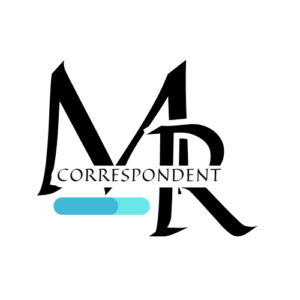Kolkata, the “City of Joy,” is a beautiful collection colour, tradition, and wisdom. As the cultural capital of India, Kolkata has been renowned for its rich heritage, intellectual legacy, and artistic spirit. The city’s streets are adorned with historical landmarks, markets, and an ever-present sense of creative expression and festivities that epitomise the city.
However, beneath the surface of this cultural splendour lies a darker side, which is often surprising but has been a reality since history as the largest supplier of human skeletons to the world!
As per a report by the Life Magazine and a feature by leading media house, Kolkata has been a hub for more than 200 years to the shadowy international trade in the skeletons of human beings, this has supplied the universities and hospitals worldwide with anatomical models. The same has been reported in this Instagram post by @thecheckuppodcast. Take a look:
As per the online reports, this dim and dismal business flourished during British rule and continued well into the twentieth century. Questions remain regarding the ethics and origins of these skeletal remains: How ethical was the business, and how did the skeletons come into existence?
If reports are to be considered true, the trade-in human skeletons in Kolkata can be traced back to the British colonial period. During this time, the demand for anatomical models in medical colleges and research institutions in Europe and North America was on the rise. To meet this demand, grave robbers were employed to excavate bodies from Indian cemeteries. These bodies were then processed and prepared for export, often through Nepal, to be used for medical education and research, the report says.

The skeletons were primarily derived from unclaimed human cadavers left by hospitals, cemeteries, and graveyards. Professional grave diggers dug graves, particularly from states like Bengal, Jharkhand, Bihar, and Uttar Pradesh. Most of these sites were open and unguarded, thus making it easier for grave robbers to exhume bodies without detection, states the online media report.
In addition to grave robbery, unclaimed bodies from hospitals and morgues were also a significant source. These bodies, often those of destitute individuals or those without families, were collected and processed for export. The skeletons were meticulously cleaned, assembled, and prepared for shipment to meet the high demand from medical institutions worldwide.
Despite much prohibition and legislation, the trading remained for decades. It has also been reported that the Indian government officially banned the export of human remains on August 16, 1985-it was very shocking to hear that some traders went as low as murdering people to obtain skeletons. In 1952 during the Emergency period, there was a brief ban, which could not hold because the industry thrived. The ethical implications of these practices were largely overlooked in favor of profit, leading to a dark chapter in Kolkata’s history.

One notable company that continued operating despite the ban was Young Brothers, a Kolkata-based firm founded in 1980. The company marketed itself as a leading producer and supplier of medical education and training models, including skeletal materials. Although these items were advertised for legitimate medical study, concerns about their origins persisted.
According to reports, the export of human skeletons from India continued to grow exponentially after the country’s independence in 1947. It is estimated that Kolkata exporters traded almost $1.5 million worth of skeletons just before the 1985 ban, with some estimates as high as $5-6 million. The Chicago Tribune reported that 60,000 skulls alone were shipped from Kolkata. Over 40 years, from 1947 to 1985, it is estimated that 2.4 million Indian skeletons and skulls were exported.







